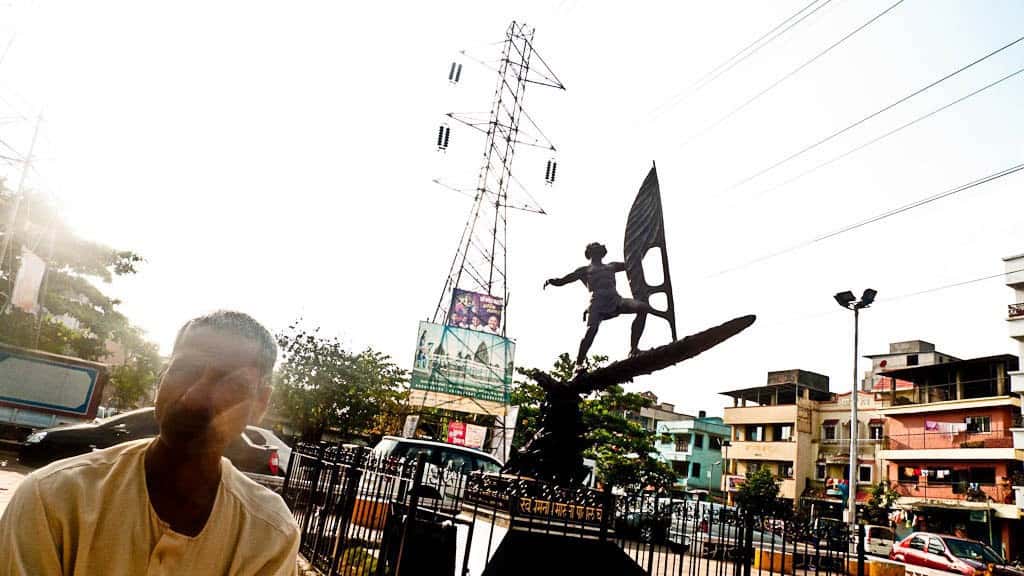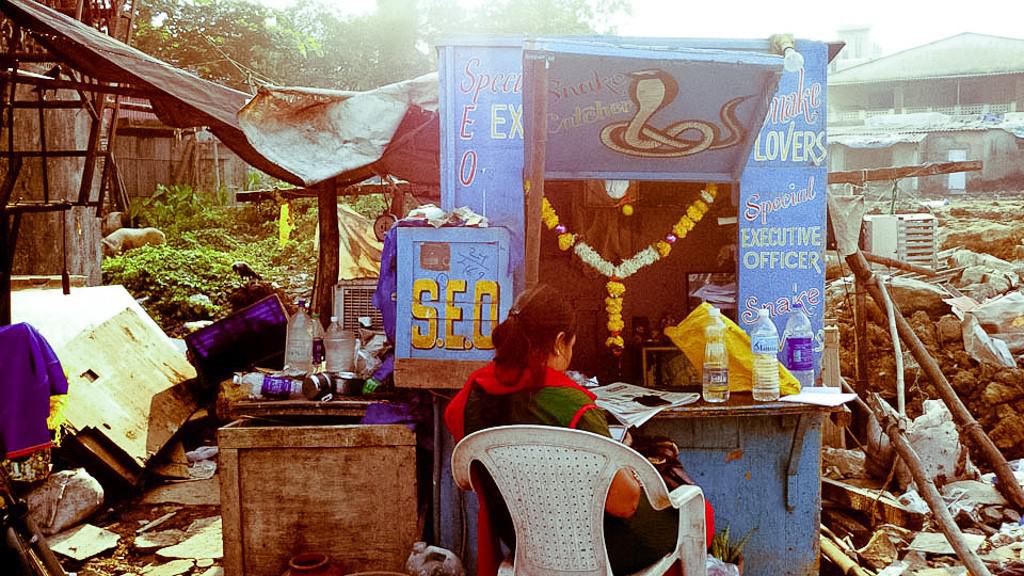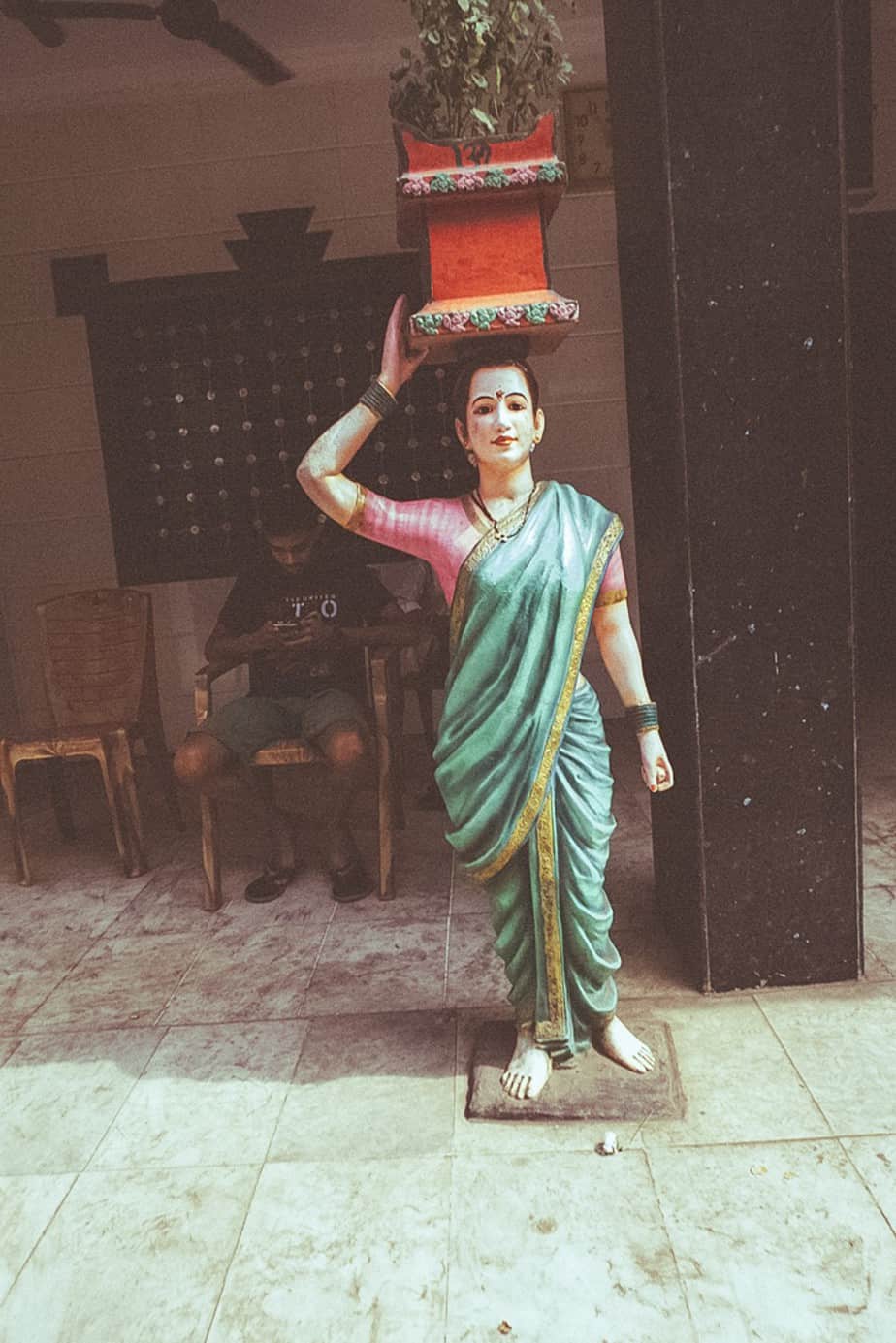As Indian cities expand at breakneck speed, they gobble up surrounding villages at a blistering pace. Mumbai is no different. However, if you look for it, you will still find traces of several villages, older than the city itself, that have survived the onslaught of urbanisation. Some maintain their way of life, because they are fishing villages and depend on the sea for survival. Others are not so lucky and have become sites for low-income housing in a city where real estate is one of the most expensive in the country.
These images bring us snatches of life from a few of the tens of villages that dot the financial capital of India.

Desai Village: This is the welcome sign to the village which was agrarian and is now surrounded by apartments.

Ranwar Village: Uncle Joe who plays for all important occasions in the village practising on a rainy morning.

Vashi Village: The statue in the village square underlines the fact that it was and is a fishing village within Navi Mumbai, a planned city.

Madh Village again: As mangroves around villages are encroached upon, resident snakes are a hazard as well as an opportunity for some.

Lijjat Papad is a major product or produce of Mumbai villages. It has provided the women in Borla Village too a source of income.

Versova Village: One of the largest villages in Mumbai, where the beach is almost hidden by plastic deposited by the sea every monsoon. The plastic has made fishing in the waters close to the village difficult.
All photos by Gopal M S








